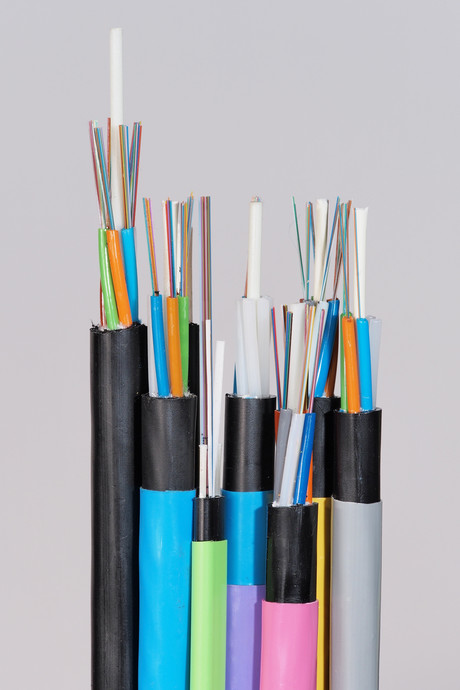NBN now passes 4m Australian premises

The nbn has reached a new milestone of having 4 million premises ready for service — one-third of premises in the nation.
The number of premises passed by the network has increased from 778,000 in December 2014, the company announced. By December, the weekly run rate of premises made ready to service reached around 48,000, up from the December 2015 figure of 21,000. Weekly connections also doubled to around 20,000.
As at the end of the first half of FY17, there were 3.8 million premises able to order an NBN service — up 129% year-on-year. There were also 1.6 million homes and businesses with an active NBN connection, up 125% year-on-year.
For the six-month period, nbn reported a revenue from retail service provider customers of $403 million, a 146% increase. But the company’s losses widened to $1.6 billion from $1 billion in the same period a year earlier. The company expects to report a full-year revenue of $900 million.
“The rollout continues to accelerate; our weekly growth, particularly over the calendar year, shows the shift in scale,” nbn CEO Bill Morrow said.
“Now, 80% of the country is either in design, in construction or already able to order a service. This shows the vast reach of [the NBN] into a majority of communities across the country. The company is on track to reach the halfway point of the rollout this year, and we are confident in our progress towards Australia being the first fully connected continent.”
Speaking at nbn’s results announcement, Morrow also attracted controversy by claiming that Australians do not want super-fast broadband services and wouldn’t take up the services even if the company offered them for free.
Internet Australia CEO Laurie Patton firmly rejected Morrow’s assertion as “spin that would impress the Australian cricket team”, arguing that nbn’s “flawed” wholesale pricing regime is a key factor behind the lower take-up of higher-speed-tier plans.
“The fact is RSPs (nbn’s retail sales agents) make better margins for themselves by selling the slower speed tiers. Plus they risk receiving more angry customer complaints if they sell the higher speed packages and nbn fails to deliver,” he said.
Patton said NBN’s results represent the “last nail in the coffin” for the current FTTN-focused rollout, involving using Telstra’s ageing copper wiring for last-mile connections. He reiterated IA’s repeated call to abandon FTTN in favour of the more modern fibre to the distribution point.
“We are building a redundant network that will cost us a fortune to replace and at a time when nbn customers are routinely expressing their dissatisfaction with the speeds they’re seeing. You only need to read the comments on social media to know the community’s unrest is growing,” he said.
Patton pointed out that average revenue per user (ARPU), a key metric of performance in the telecommunications industry, has remained unchanged at $43 despite what nbn said was significant take-up of its broadband services.
“The fact is ARPU is not growing at a rate necessary to generate the sort of cash flow required at this stage of the project,” he said.
Australian businesses face connectivity challenges: report
A report commissioned by Ericsson finds that Australian businesses face connectivity challenges...
CommScope launches new fibre termination platform
The CommScope XPND fibre termination panel platform is designed to enable easier, more...
Ruckus launches AI-driven network solutions
CommScope subsidiary Ruckus Networks has unveiled a host of new AI-driven networking solutions,...



